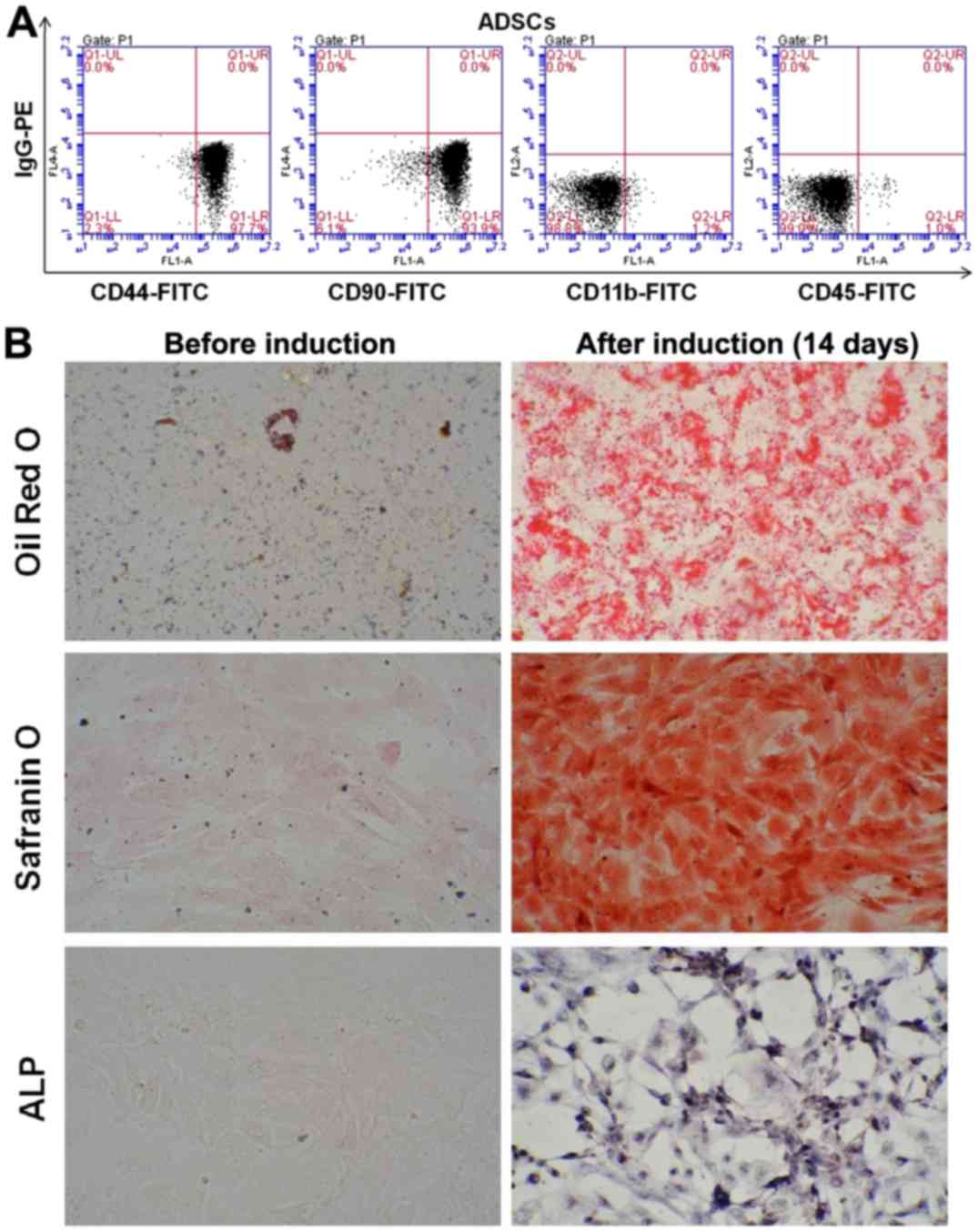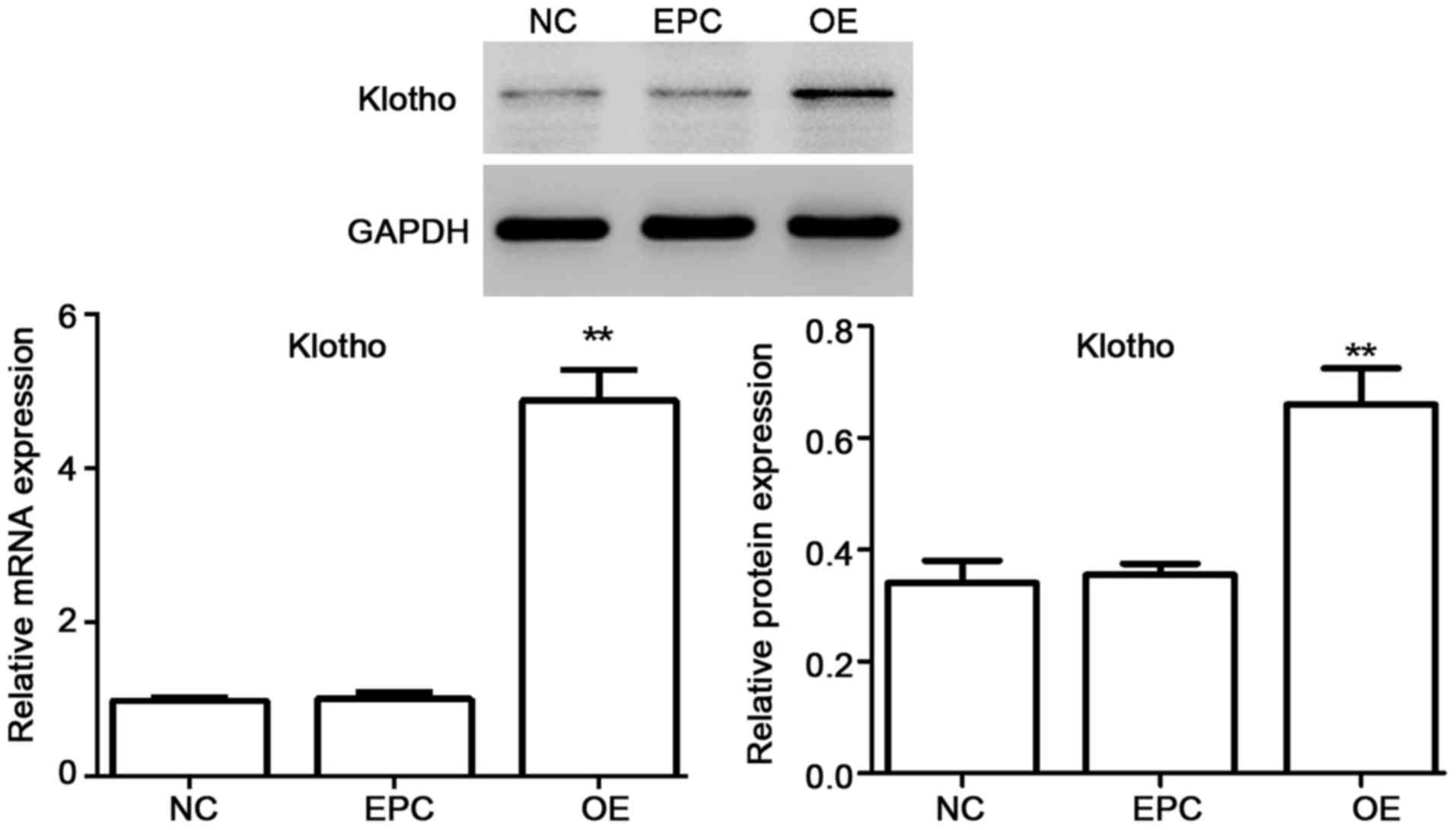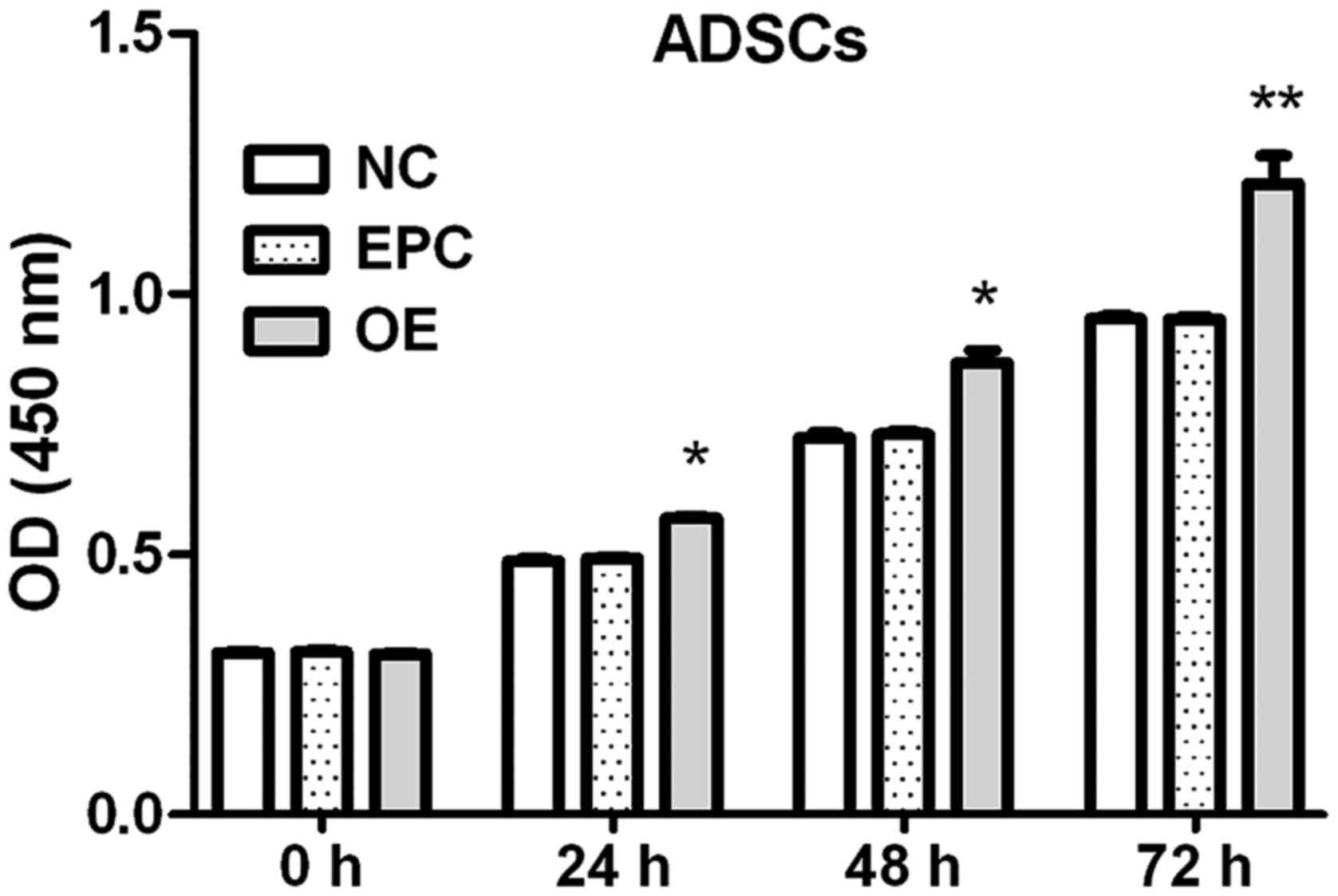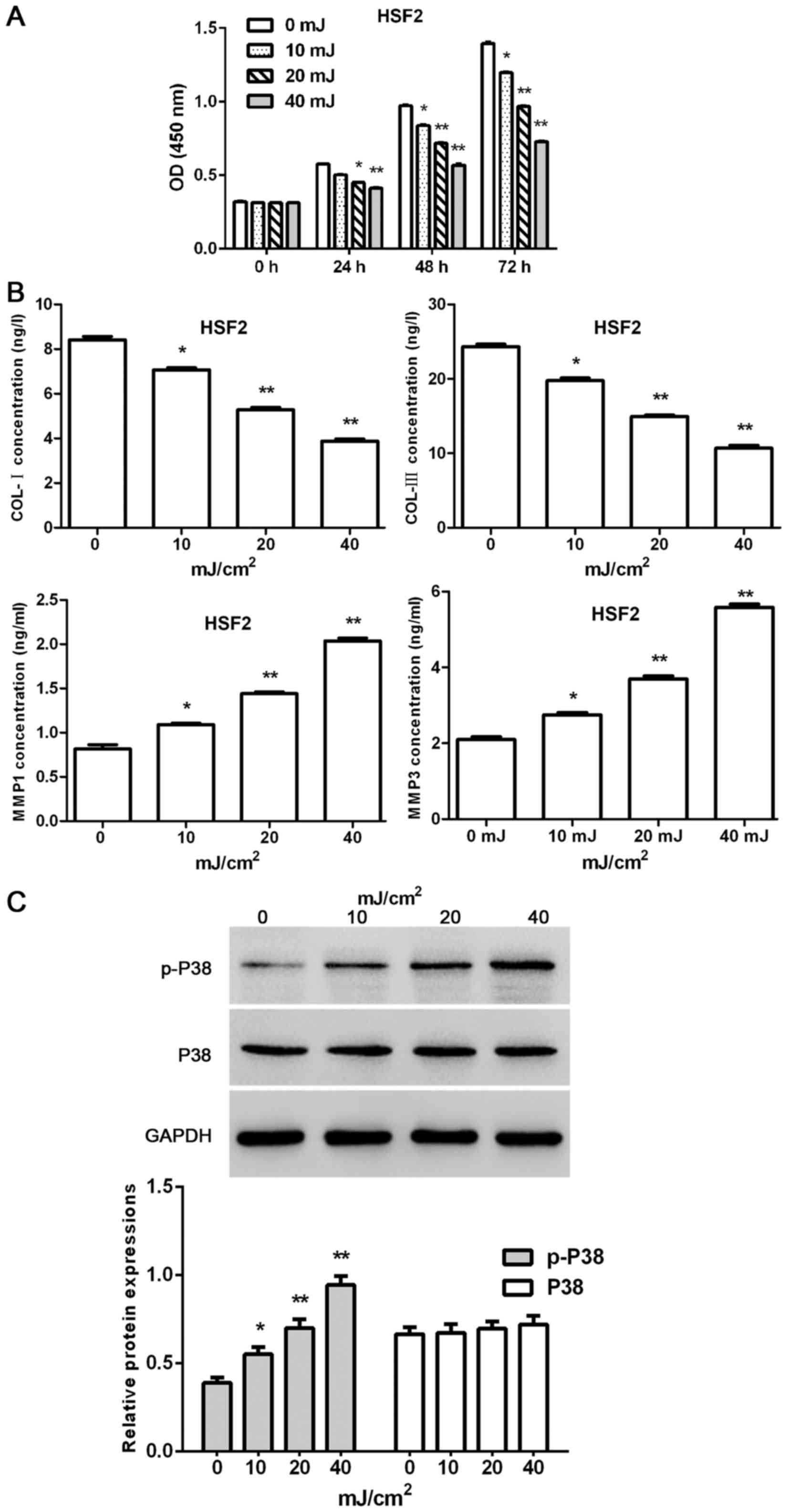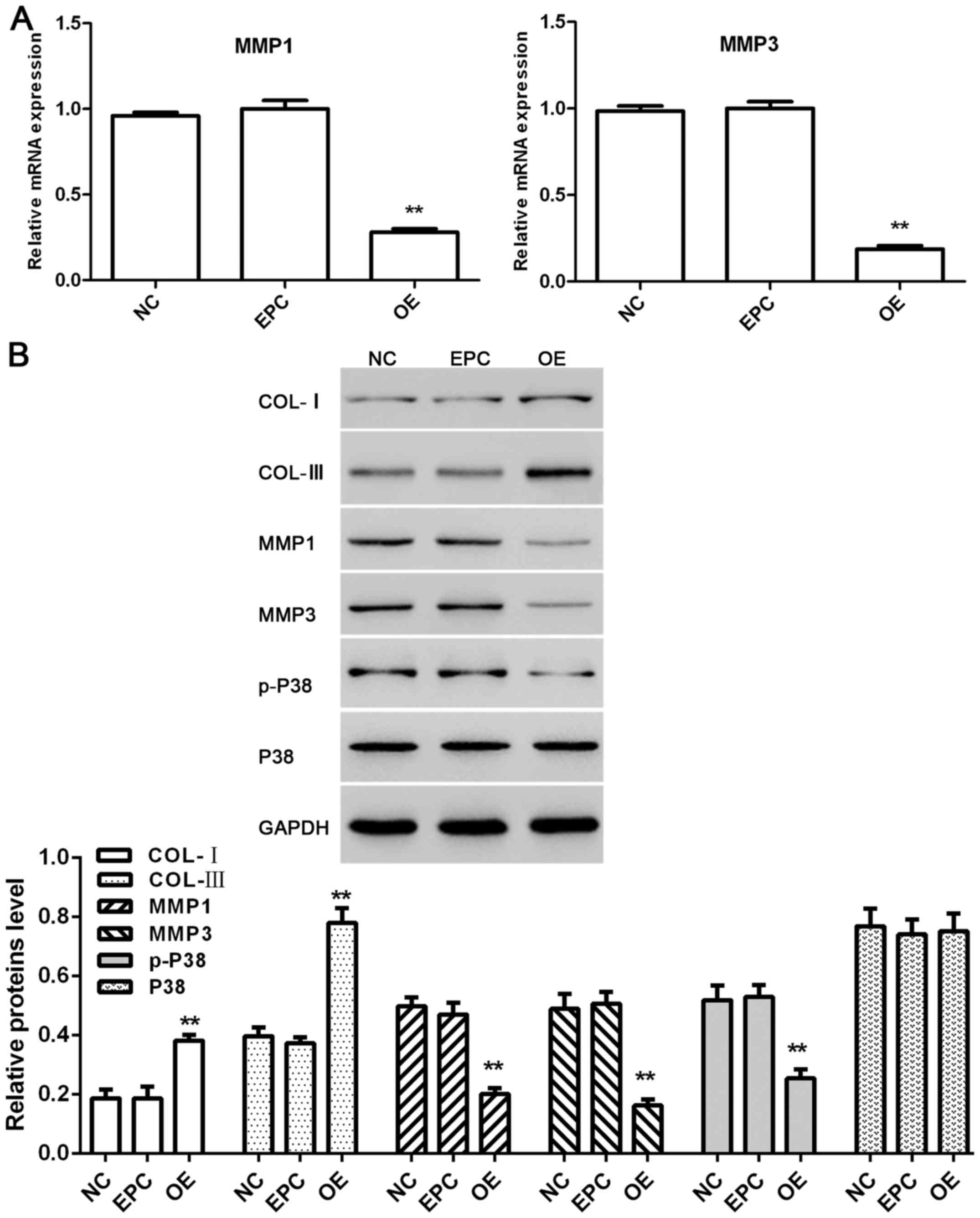|
1
|
Huang CY, Lin YT, Kuo HC, Chiou WF and Lee
MH: Compounds isolated from Eriobotrya deflexa leaves
protect against ultraviolet radiation B-induced photoaging in human
fibroblasts. J Photochem Photobiol B. 175:244–253. 2017. View Article : Google Scholar : PubMed/NCBI
|
|
2
|
Grether-Beck S, Wlaschek M, Krutmann J and
Scharffetter-Kochanek K: Photodamage and photoaging - prevention
and treatment. J Dtsch Dermatol Ges. 3(s2): S19–S25. 2005.(In
German). View Article : Google Scholar : PubMed/NCBI
|
|
3
|
Rokhsar CK, Lee S and Fitzpatrick RE:
Review of photorejuvenation: Devices, cosmeceuticals, or both?
Dermatol Surg. 31:1166–1178; discussion 1178. 2005. View Article : Google Scholar : PubMed/NCBI
|
|
4
|
Goldman MP, Weiss RA and Weiss MA: Intense
pulsed light as a nonablative approach to photoaging. Dermatol
Surg. 31:1179–1187; discussion 1187. 2005. View Article : Google Scholar : PubMed/NCBI
|
|
5
|
Munavalli GS, Weiss RA and Halder RM:
Photoaging and nonablative photorejuvenation in ethnic skin.
Dermatol Surg. 31:1250–1260; discussion 1261. 2005. View Article : Google Scholar : PubMed/NCBI
|
|
6
|
Nichols JA and Katiyar SK: Skin
photoprotection by natural polyphenols: Anti-inflammatory,
antioxidant and DNA repair mechanisms. Arch Dermatol Res.
302:71–83. 2010. View Article : Google Scholar : PubMed/NCBI
|
|
7
|
Lei X, Liu B, Han W, Ming M and He YY:
UVB-Induced p21 degradation promotes apoptosis of human
keratinocytes. Photochem Photobiol Sci. 9:1640–1648. 2010.
View Article : Google Scholar : PubMed/NCBI
|
|
8
|
Duncan FJ, Martin JR, Wulff BC, Stoner GD,
Tober KL, Oberyszyn TM, Kusewitt DF and Van Buskirk AM: Topical
treatment with black raspberry extract reduces cutaneous
UVB-induced carcinogenesis and inflammation. Cancer Prev Res
(Phila). 2:665–672. 2009. View Article : Google Scholar : PubMed/NCBI
|
|
9
|
Sharma SD, Meeran SM and Katiyar SK:
Dietary grape seed proanthocyanidins inhibit UVB-induced oxidative
stress and activation of mitogen-activated protein kinases and
nuclear factor-kappaB signaling in in vivo SKH-1 hairless mice. Mol
Cancer Ther. 6:995–1005. 2007. View Article : Google Scholar : PubMed/NCBI
|
|
10
|
Jin XJ, Kim EJ, Oh IK, Kim YK, Park CH and
Chung JH: Prevention of UV-induced skin damages by
11,14,17-eicosatrienoic acid in hairless mice in vivo. J Korean Med
Sci. 25:930–937. 2010. View Article : Google Scholar : PubMed/NCBI
|
|
11
|
Lee YL, Lee MH, Chang HJ, Huang PY, Huang
IJ, Cheng KT and Leu SJ: Taiwanese native plants inhibit matrix
metalloproteinase-9 activity after ultraviolet B irradiation.
Molecules. 14:1062–1071. 2009. View Article : Google Scholar : PubMed/NCBI
|
|
12
|
Kähäri VM and Saarialho-Kere U: Matrix
metalloproteinases in skin. Exp Dermatol. 6:199–213. 1997.
View Article : Google Scholar : PubMed/NCBI
|
|
13
|
Lanske B and Razzaque MS: Premature aging
in klotho mutant mice: Cause or consequence? Ageing Res Rev.
6:73–79. 2007. View Article : Google Scholar : PubMed/NCBI
|
|
14
|
Talotta R, Bongiovanni S, Letizia T,
Rigamonti F, Ditto MC, Atzeni F, Salaffi F, Batticciotto A, Gerardi
MC, Antivalle M, et al: Measurement of serum klotho in systemic
sclerosis. Dis Markers. 2017:95459302017. View Article : Google Scholar : PubMed/NCBI
|
|
15
|
Paschos NK, Brown WE, Eswaramoorthy R, Hu
JC and Athanasiou KA: Advances in tissue engineering through stem
cell-based co-culture. J Tissue Eng Regen Med. 9:488–503. 2015.
View Article : Google Scholar : PubMed/NCBI
|
|
16
|
Orlic D, Kajstura J, Chimenti S, Limana F,
Jakoniuk I, Quaini F, Nadal-Ginard B, Bodine DM, Leri A and Anversa
P: Mobilized bone marrow cells repair the infarcted heart,
improving function and survival. Proc Natl Acad Sci USA.
98:10344–10349. 2001. View Article : Google Scholar : PubMed/NCBI
|
|
17
|
Caplan AI and Dennis JE: Mesenchymal stem
cells as trophic mediators. J Cell Biochem. 98:1076–1084. 2006.
View Article : Google Scholar : PubMed/NCBI
|
|
18
|
Scadden DT: The stem-cell niche as an
entity of action. Nature. 441:1075–1079. 2006. View Article : Google Scholar : PubMed/NCBI
|
|
19
|
Zuk PA, Zhu M, Mizuno H, Huang J, Futrell
JW, Katz AJ, Benhaim P, Lorenz HP and Hedrick MH: Multilineage
cells from human adipose tissue: Implications for cell-based
therapies. Tissue Eng. 7:211–228. 2001. View Article : Google Scholar : PubMed/NCBI
|
|
20
|
Luo J, Tang M, Huang J, He BC, Gao JL,
Chen L, Zuo GW, Zhang W, Luo Q, Shi Q, et al: TGFbeta/BMP type I
receptors ALK1 and ALK2 are essential for BMP9-induced osteogenic
signaling in mesenchymal stem cells. J Biol Chem. 285:29588–29598.
2010. View Article : Google Scholar : PubMed/NCBI
|
|
21
|
Shen T, Shen J, Zheng QQ, Li QS, Zhao HL,
Cui L and Hong CY: Cell viability and extracellular matrix
synthesis in a co-culture system of corneal stromal cells and
adipose-derived mesenchymal stem cells. Int J Ophthalmol.
10:670–678. 2017.PubMed/NCBI
|
|
22
|
Xu X, Wang HY, Zhang Y, Liu Y, Li YQ, Tao
K, Wu CT, Jin JD and Liu XY: Adipose-derived stem cells cooperate
with fractional carbon dioxide laser in antagonizing photoaging: A
potential role of Wnt and β-catenin signaling. Cell Biosci.
4:242014. View Article : Google Scholar : PubMed/NCBI
|
|
23
|
Livak KJ and Schmittgen TD: Analysis of
relative gene expression data using real time quantitative PCR and
the 2(-DeltaDeltaC(T)) method. Methods. 25:402–408. 2001.
View Article : Google Scholar : PubMed/NCBI
|
|
24
|
Blumer MJ, Longato S and Fritsch H:
Structure, formation and role of cartilage canals in the developing
bone. Ann Anat. 190:305–315. 2008. View Article : Google Scholar : PubMed/NCBI
|
|
25
|
Elwood JM and Jopson J: Melanoma and sun
exposure: An overview of published studies. Int J Cancer.
73:198–203. 1997. View Article : Google Scholar : PubMed/NCBI
|
|
26
|
Ley RD and Reeve VE: Chemoprevention of
ultraviolet radiation-induced skin cancer. Environ Health Perspect.
105 Suppl 4:981–984. 1997. View
Article : Google Scholar : PubMed/NCBI
|
|
27
|
MacKie RM: Long-term health risk to the
skin of ultraviolet radiation. Prog Biophys Mol Biol. 92:92–96.
2006. View Article : Google Scholar : PubMed/NCBI
|
|
28
|
Harrison GI and Young AR: Ultraviolet
radiation-induced erythema in human skin. Methods. 28:14–19. 2002.
View Article : Google Scholar : PubMed/NCBI
|
|
29
|
Sliney DH: Exposure geometry and spectral
environment determine photobiological effects on the human eye.
Photochem Photobiol. 81:483–489. 2005. View Article : Google Scholar : PubMed/NCBI
|
|
30
|
Suh MH, Kwon JW, Wee WR, Han YK, Kim JH
and Lee JH: Protective effect of ascorbic Acid against corneal
damage by ultraviolet B irradiation: A pilot study. Cornea.
27:916–922. 2008. View Article : Google Scholar : PubMed/NCBI
|
|
31
|
Vink AA, Yarosh DB and Kripke ML:
Chromophore for UV-induced immunosuppression: DNA. Photochem
Photobiol. 63:383–386. 1996. View Article : Google Scholar : PubMed/NCBI
|
|
32
|
Norval M: Effects of solar radiation on
the human immune system. J Photochem Photobiol B. 63:28–40. 2001.
View Article : Google Scholar : PubMed/NCBI
|
|
33
|
Hsieh HY, Lee WC, Senadi GC, Hu WP, Liang
JJ, Tsai TR, Chou YW, Kuo KK, Chen CY and Wang JJ: Discovery,
synthetic methodology, and biological evaluation for antiphotoaging
activity of bicyclic[1,2,3]triazoles: In vitro and in vivo studies.
J Med Chem. 56:5422–5435. 2013. View Article : Google Scholar : PubMed/NCBI
|
|
34
|
Wlaschek M, Tantcheva-Poór I, Naderi L, Ma
W, Schneider LA, Razi-Wolf Z, Schüller J and Scharffetter-Kochanek
K: Solar UV irradiation and dermal photoaging. J Photochem
Photobiol B. 63:41–51. 2001. View Article : Google Scholar : PubMed/NCBI
|
|
35
|
Jung YR, Kim DH, Kim SR, An HJ, Lee EK,
Tanaka T, Kim ND, Yokozawa T, Park JN and Chung HY: Anti-wrinkle
effect of magnesium lithospermate B from Salvia miltiorrhiza
BUNGE: Inhibition of MMPs via NF-kB signaling. PLoS One.
9:e1026892014. View Article : Google Scholar : PubMed/NCBI
|
|
36
|
Staniforth V, Huang WC, Aravindaram K and
Yang NS: Ferulic acid, a phenolic phytochemical, inhibits
UVB-induced matrix metalloproteinases in mouse skin via
posttranslational mechanisms. J Nutr Biochem. 23:443–451. 2012.
View Article : Google Scholar : PubMed/NCBI
|
|
37
|
Dërmaku-Sopjani M, Kolgeci S, Abazi S and
Sopjani M: Significance of the anti-aging protein Klotho. Mol Membr
Biol. 30:369–385. 2013. View Article : Google Scholar : PubMed/NCBI
|
|
38
|
Sopjani M, Rinnerthaler M, Kruja J and
Dermaku-Sopjani M: Intracellular signaling of the aging suppressor
protein Klotho. Curr Mol Med. 15:27–37. 2015. View Article : Google Scholar : PubMed/NCBI
|
|
39
|
Lim SW, Jin L, Luo K, Jin J, Shin YJ, Hong
SY and Yang CW: Klotho enhances FoxO3-mediated manganese superoxide
dismutase expression by negatively regulating PI3K/AKT pathway
during tacrolimus-induced oxidative stress. Cell Death Dis.
8:e29722017. View Article : Google Scholar : PubMed/NCBI
|
|
40
|
Wang Y, Kuro-o M and Sun Z: Klotho gene
delivery suppresses Nox2 expression and attenuates oxidative stress
in rat aortic smooth muscle cells via the cAMP-PKA pathway. Aging
Cell. 11:410–417. 2012. View Article : Google Scholar : PubMed/NCBI
|
|
41
|
Xie B, Cao K, Li J, Chen J, Tang J, Chen
X, Xia K, Zhou X, Cheng Y, Zhou J, et al: Hmgb1 inhibits Klotho
expression and malignant phenotype in melanoma cells by activating
NF-κB. Oncotarget. 7:80765–80782. 2016. View Article : Google Scholar : PubMed/NCBI
|















